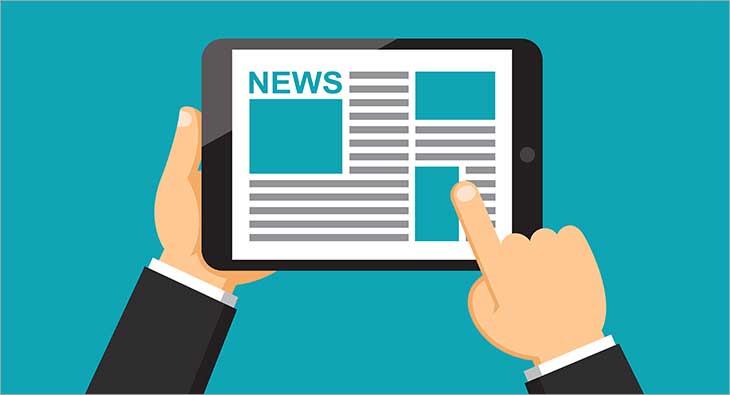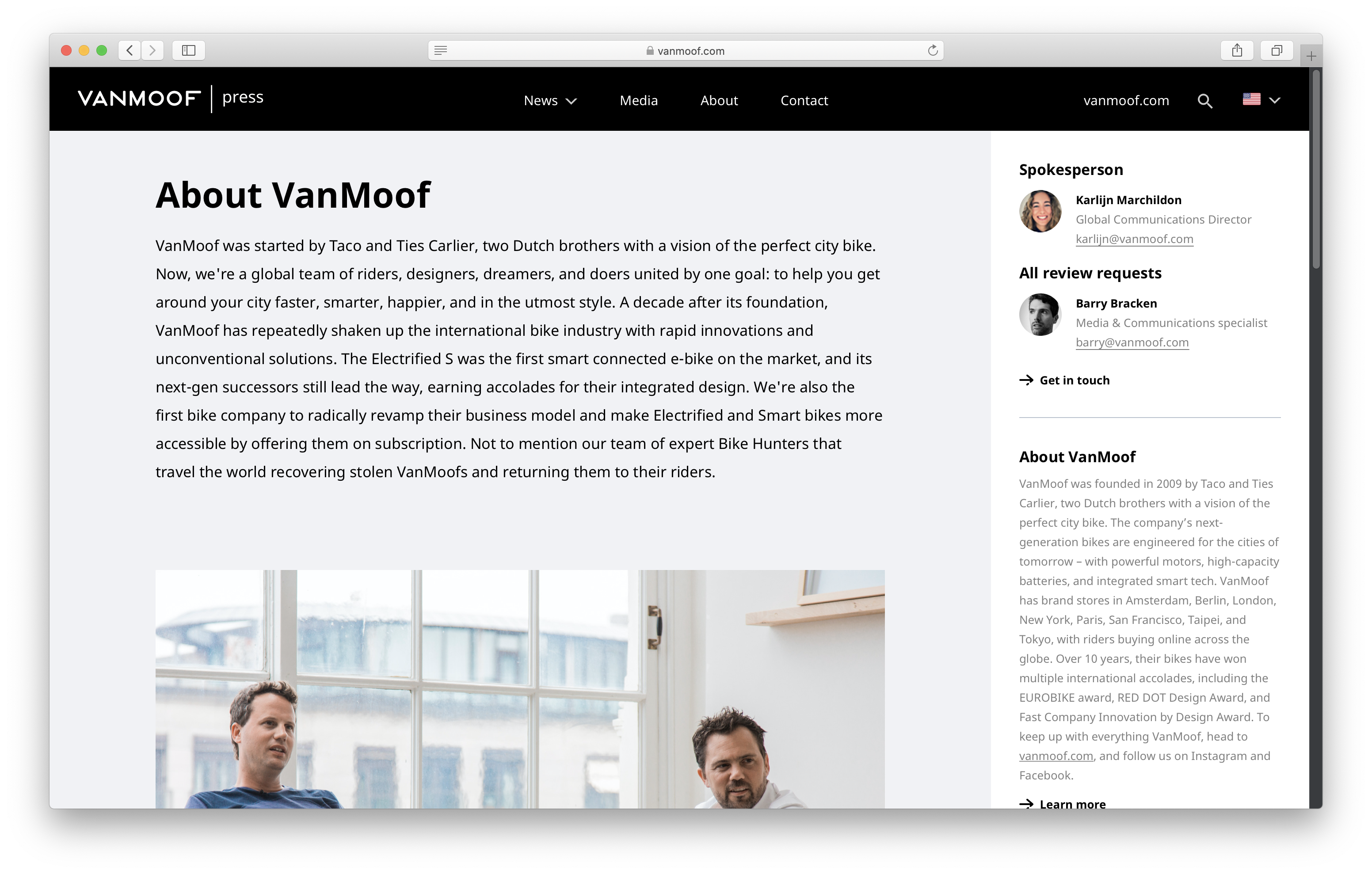4 Simple Techniques For Popular News
4 Simple Techniques For Popular News
Blog Article
The Basic Principles Of Popular News
Table of Contents8 Easy Facts About Popular News ExplainedThe smart Trick of Popular News That Nobody is DiscussingThe Popular News PDFsThe Greatest Guide To Popular News
Age is also a factor in the way individuals check out the function of social media. More youthful social media sites information customers are much more most likely to claim it has actually influenced their knowing right. About half of social media news consumers ages 18 to 29 (48%) say news on social media makes them far better notified, compared to 37% of those 30 to 49, 28% of those 50 to 64, and 27% of those 65 and older.Reporters evaluate news values when establishing whether to cover an occasion or statement. Right here are the worths that we think about when establishing an outreach technique. Arguably the most essential element of newsworthiness is whether the news product being connected effects a news electrical outlet's target market. As an example, let's imagine researchers have found an economical service to a common trouble.
Research on a state's new tax obligation code most likely will not produce the same rate of interest across state boundaries. Sometimes specialists can help center a bigger nationwide story that influences even more than simply a city or state.
If you are releasing relevant research, loophole in MarComm before the short article being published to ensure that the pitch can stress the most recent component of the story: the publication of the study. Occasions and statements that entail high-profile numbers are most likely to create media insurance coverage. Check outs from national figures usually require months of prep work because of expected area rate of interest.
See This Report about Popular News
Stories commonly entail some kind of problem. Necessarily, these tales are generally questionable to some degree. Fortunately, university staff and faculty are generally regarded as neutral experts. We can aid mitigate possible reputational threat with these tales while also raising the odds of generating protection. While much of the above information values are interwoven, human passion stories usually stand apart.
Human rate of interest elements can include information worth to various other stories that could seem lacking in the other values. The uniqueness or peculiarity of a situation can aid affect whether an information electrical outlet is most likely to cover a tale. While this is not an exhaustive checklist, checking to see if your story or occasion has these high qualities before contacting us will aid you establish which components hold the most news worth.

Popular News Fundamentals Explained
There is also considerable evidence that more consumers can begin to pay for news in the futureif publishers can understand them and serve them well. Half of those who do not spend for news actively look for information and resemble clients in different means. And almost 2 in 10 of those that don't subscribe to information currently suggest they are inclined to start to pay in the future.
We then ask a collection of questions to determine whether individuals spend for specific kinds of news resources (Popular News). We asked individuals to name the sources they make use of most oftenwhether they pay for them or nothow they use them, the particular things they think about essential concerning them, and some relevant concerns regarding the cost and worth of that source
Individuals are drawn to information as a whole for 2 reasons above others: A desire to be notified people (newspaper clients particularly are extremely motivated by this) and since the magazine they subscribe to excels at covering specific subjects about which those customers specifically care. While there are a host of reasons, the No.
Greater than 4 in 10 also cite the truth read here that family and friends sign up for the same item (Popular News). Even more than a 3rd of individuals claim they initially subscribed in action to a discount or promo. In print, individuals additionally are moved greatly to subscribe to obtain coupons that save them money, something that has untapped ramifications in electronic
Popular News - An Overview
Regarding fifty percent are "news candidates," indicating they actively look for news instead of mostly running across it in an extra passive means, though the information that nonpayers are seeking (in the meantime, at least) is commonly concerning nationwide politics. Like customers, a number of these people also get news several times a day, utilize the information in ways comparable to clients, and have an interest in similar topics, including foreign or international news.

Of those who do pay, 54 percent register for newspapers in print or electronically, which represents 29 percent of Americans on the whole. The majority of them acquire a print magazine in addition to their newspaper and spend for two to four information resources in overall, some much more. And while 53 percent are veteran subscribers (5+ years), more than a quarter (27 percent) have actually purchased their paper subscription within the previous year.
Few print clients think it most likely they will certainly switch to a digital-only membership in the future, and over half of those that prefer digital have actually never ever paid for a print version of the exact same resource. Fully 75 percent of newspaper payers state they largely read the paper in print, while 21 percent are mainly electronic users, and 4 percent describe themselves as uniformly divided.
Report this page